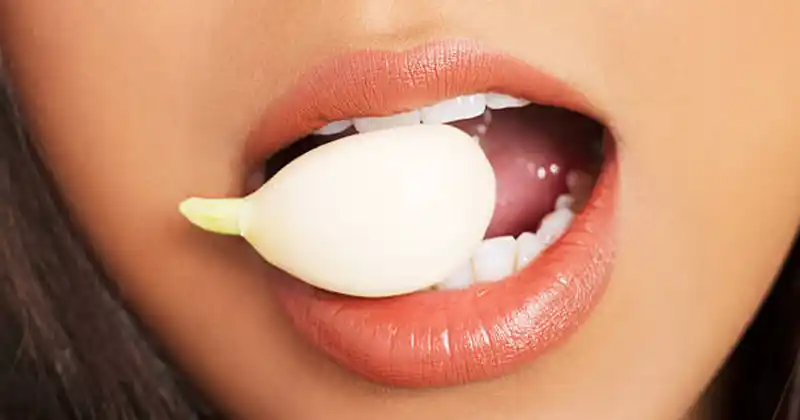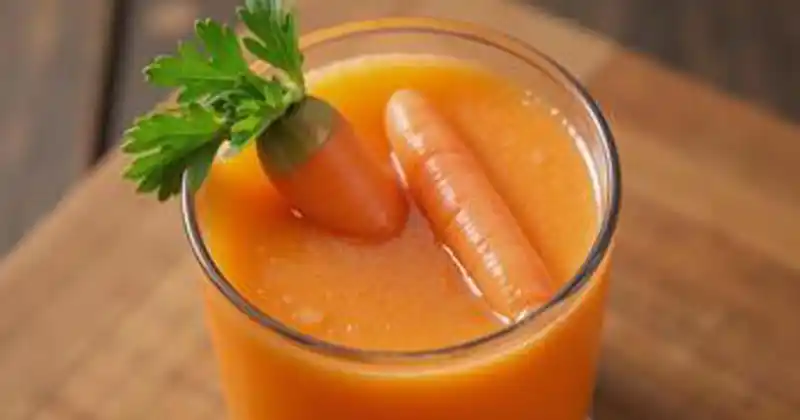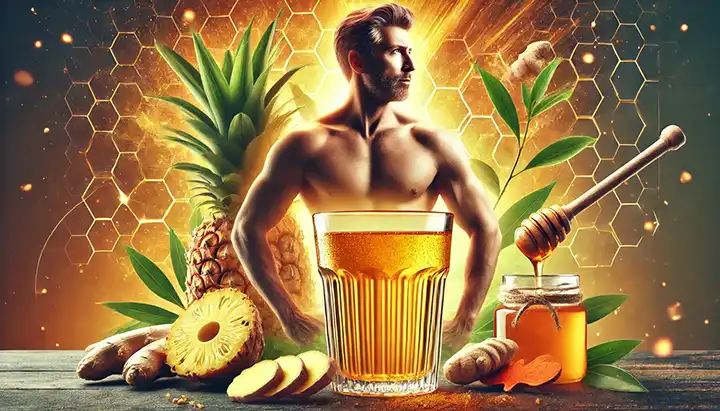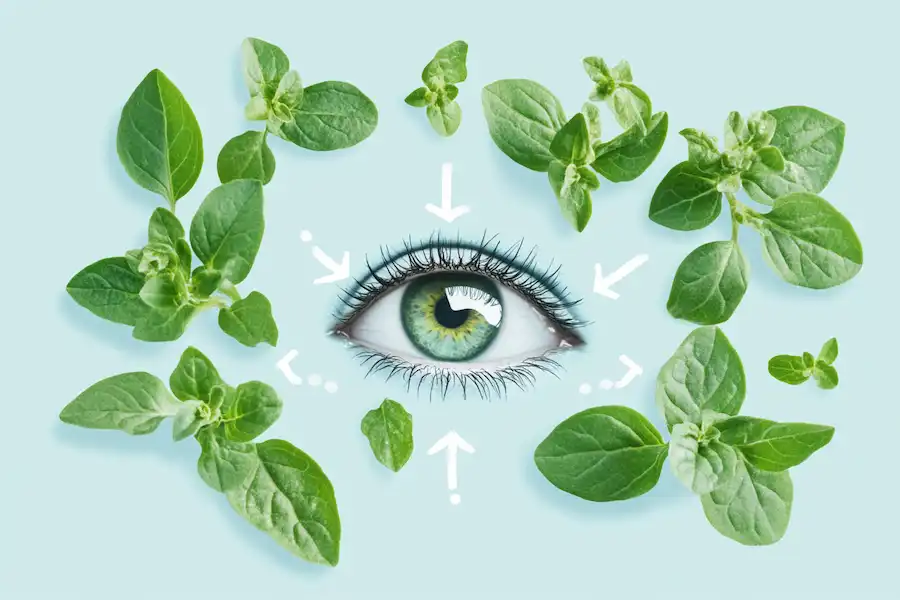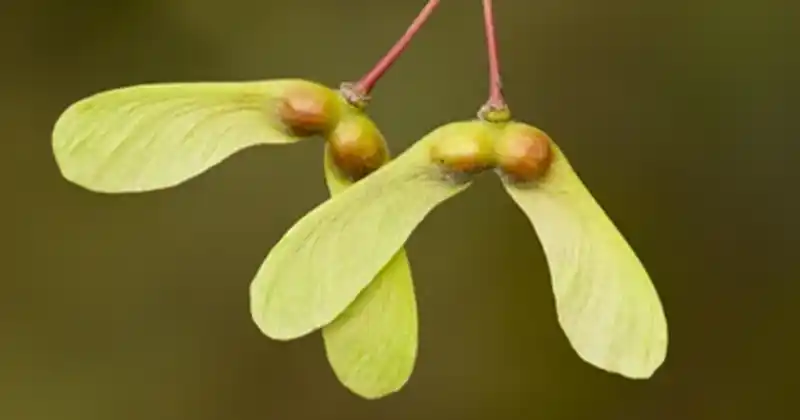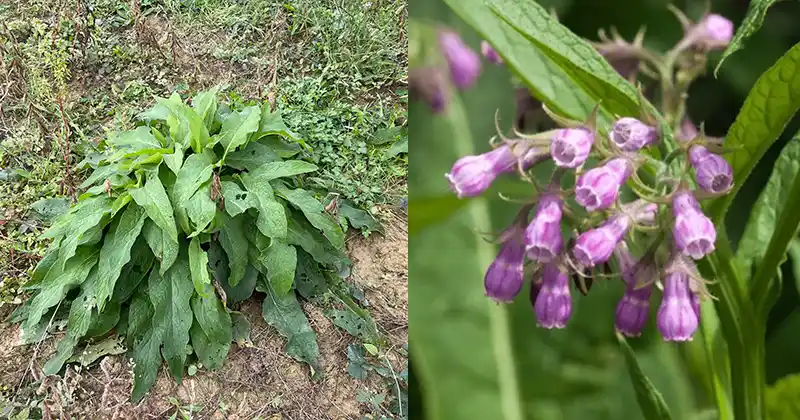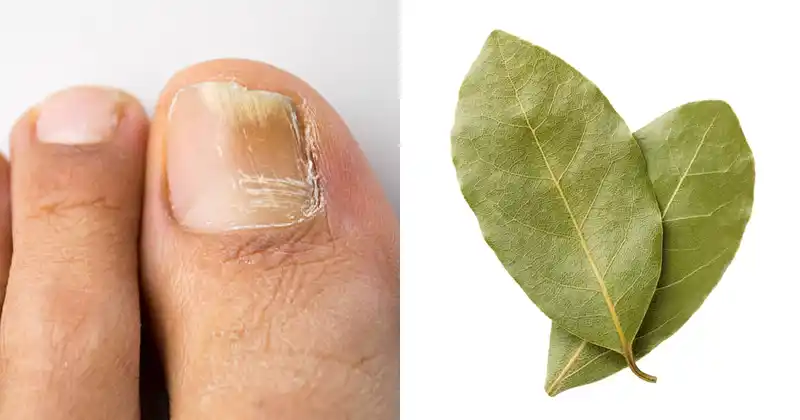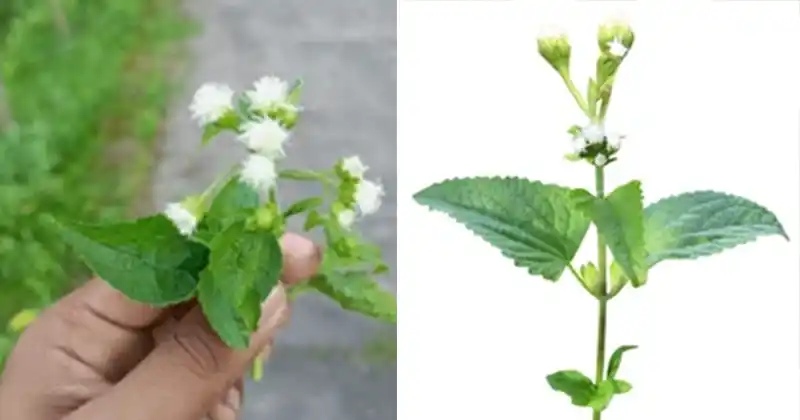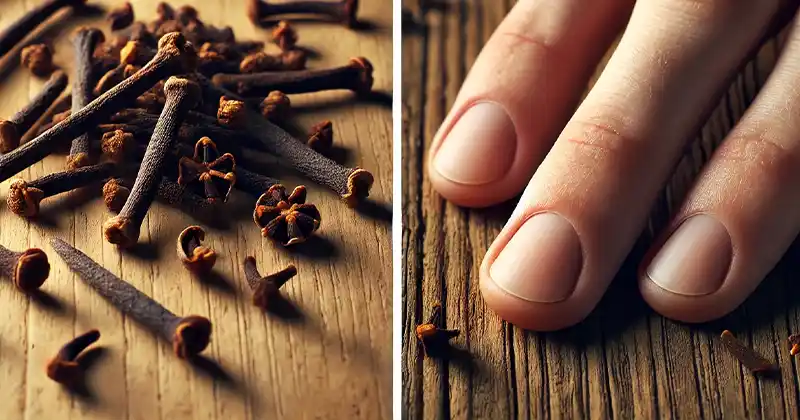How to Identify Purslane vs. Toxic Spurge
Purslane (Portulaca oleracea) and toxic spurge, specifically the spurge known as spotted spurge (Euphorbia maculata), often grow in the same habitats and can be easily confused for one another. However, distinguishing between the two is crucial, as purslane is a delicious, nutritious edible weed, while spotted spurge is toxic and can cause skin irritation and other health issues if consumed.
Here’s a detailed guide to help you confidently distinguish between purslane and toxic spurge:
1. Leaf Shape and Texture
- Purslane: Purslane leaves are thick, succulent, and fleshy. They are paddle-shaped or oval, with a smooth texture.
- Spotted Spurge: Spotted spurge leaves are thinner than purslane leaves, not as succulent, and can have a slightly hairy surface. The leaves are more elongated and often have a reddish-brown spot in the middle, which is the reason for its common name.
2. Stem Characteristics
- Purslane: The stems of purslane are also succulent, resembling the texture of the leaves. They are reddish or green and lie flat against the ground, forming a mat-like appearance.
- Spotted Spurge: Spurge stems are thin, hairier than purslane, and often produce a milky, white latex when broken. This latex can be irritating to the skin for some individuals.
3. Flower Appearance
- Purslane: The flowers of purslane are small, yellow, and star-shaped. They typically appear at the leaf axils and open only for a short period during the day, especially in bright sunlight.
- Spotted Spurge: The flowers of spotted spurge are tiny and inconspicuous, usually surrounded by two heart-shaped bracts.
4. Growth Pattern
- Purslane: Purslane often grows in a dense, mat-like pattern, with stems radiating out from a single point. It tends to stay low to the ground.
- Spotted Spurge: Similarly, spotted spurge grows in a prostrate manner, but it can appear more sprawling and less organized than purslane.
5. Habitat
Both plants are often found in disturbed soils, such as gardens, flowerbeds, sidewalks, and other areas. However, understanding the other differences will make it easier to identify them regardless of their growing location.
Safety First
When foraging for wild edibles like purslane, it’s essential to be 100% sure of a plant’s identity before consumption. Many plants have toxic look-alikes, and consuming the wrong plant can be harmful or even fatal. If you’re ever in doubt, it’s always best to err on the side of caution and avoid consumption.
Conclusion
While both purslane and spotted spurge can be commonly found growing in similar environments, understanding their distinct characteristics can help ensure safe and correct identification. Whether you’re an avid forager or a curious gardener, knowing the difference between these two plants is essential for both culinary and safety reasons.


